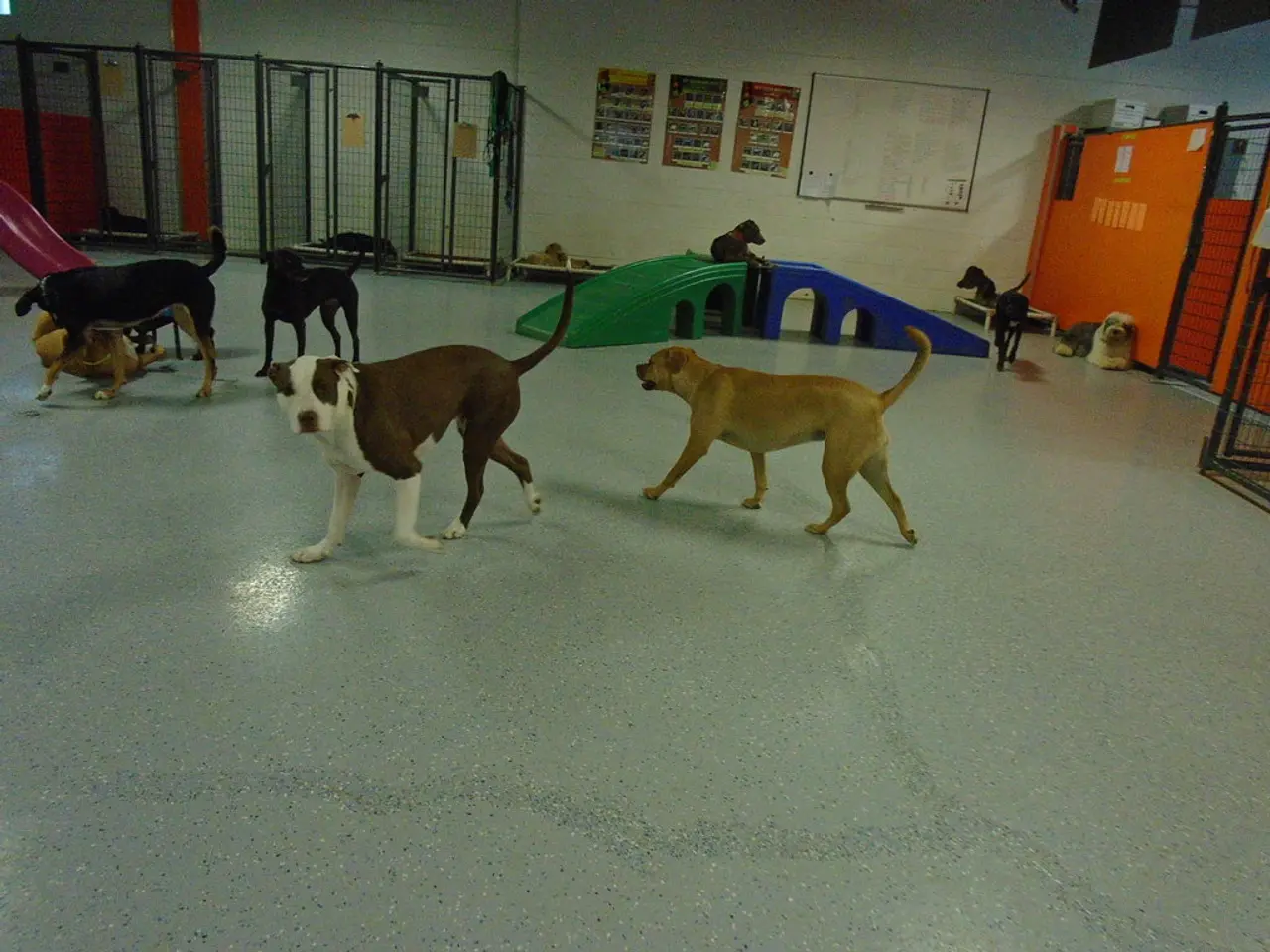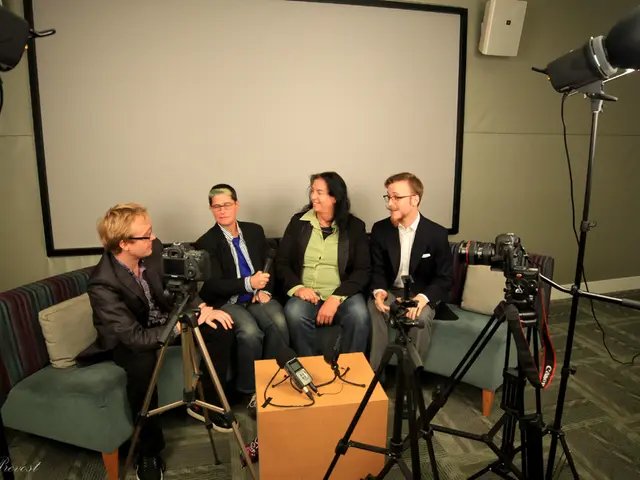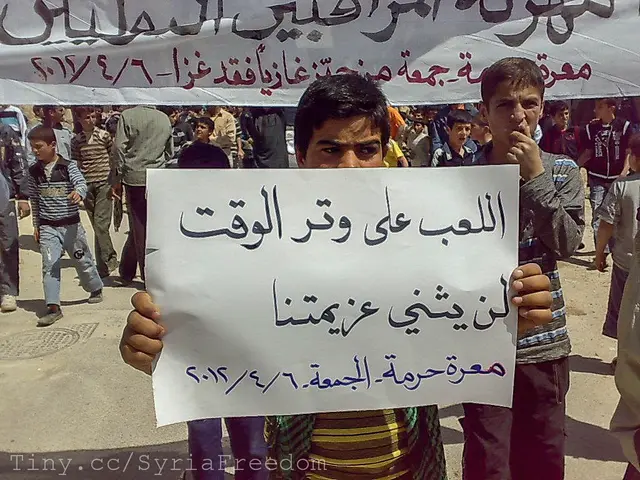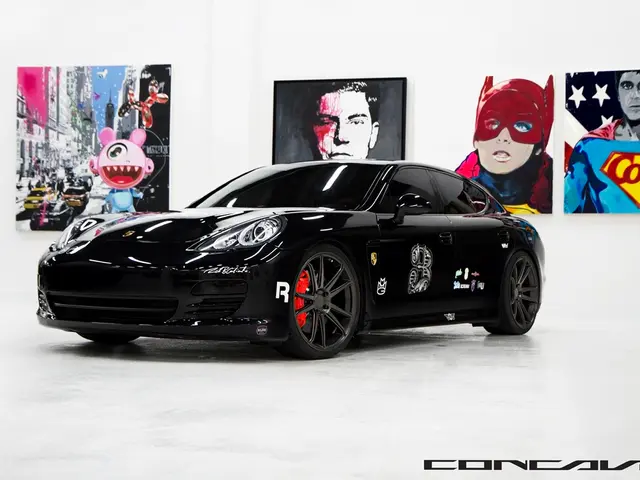Building the Portfolio Project with MatchDog: Initial Assessment and Model Design Outline
In the realm of product development, a new project called MatchDog is under review. This innovative venture promises to revolutionize the way pet owners interact with their furry friends.
To kick-start the design process, a preliminary analysis will be conducted to generate additional requirements. The project will involve three key stages, as outlined by UX Magic: functional analysis, user story generation, and conceptual model definition.
- Functional Analysis This initial step requires identifying the essential functionalities that the MatchDog platform must have to meet user needs and business goals. By understanding the tasks users want to accomplish and how the platform will support those tasks, we shape the foundation for the product’s features and interactions.
- User Story Generation Next, from the functional analysis, we develop user stories—short, descriptive accounts of how different pet owners will interact with MatchDog to achieve specific goals. User stories help clarify user requirements and motivate design decisions by putting us in the users’ shoes. They serve as a guide for feature development and prioritization.
- Conceptual Model Definition Finally, using functional insights and user stories, we define the conceptual model, which is a high-level mental model of MatchDog's structure and behaviour. This model outlines how the platform's components relate to each other and to users’ expectations, ensuring the design aligns with how users think the platform should work. It guides interface design and interaction flows, so users experience MatchDog intuitively.
To begin, we will draft up to 50 user stories to complete the first UX synthesis step, using the design brief and potentially conducting user research with potential pet owners. The MatchDog conceptual model options can be drawn from examples in a book.
In addition, we will minimise the number of candidate objects by determining if they can be pivoted to become attributes of some other object. We will also enumerate as many attributes as possible for each object in the final grammar, using imagination as the brief does not include this level of data structure detail.
As the Product Manager and User Researcher, our role in this exercise is to ensure that the design decisions are grounded in user needs and that the platform will deliver a coherent and user-centered experience.
To facilitate this exercise, a computer with a word processor, Microsoft PowerPoint and/or Excel, and pen and paper will be needed. We will also conduct a review of the revised MatchDog design brief, which includes high-level functional requirements, and examine the personas for MatchDog, providing an understanding of user empathic needs categories.
Lastly, it's important to note that we will make business/market policy assumptions for the organization and drop any object that smells like a UI design pattern, as these are not appropriate. We will also drop any non-transactional actions from the grammar. Furthermore, we will define our first draft Object-Action matrix, iterate, and refine until achieving high density.
This approach ensures that the design decisions for MatchDog are grounded in user needs and that the platform will deliver a coherent and user-centered experience. By following this methodical process, we aim to create a platform that pet owners will find intuitive, engaging, and valuable.
- To ensure the MatchDog platform caters to user needs and business goals, we will conduct a functional analysis, focusing on identifying essential functionalities.
- After the functional analysis, we will create user stories, which will clarify user requirements and serve as a guide for feature development and prioritization.
- Using these user stories, we will define the conceptual model, a high-level mental model that outlines MatchDog's structure and behavior, ensuring intuitive users experience.
- To begin the process, we will draft up to 50 user stories, utilizing the design brief and potential user research with pet owners.
- As part of the design process, we will integrate education-and-self-development, focusing on learning design patterns and graphic design principles to enhance user experience and interaction design.








